The Ultimate Guide To Companion Planting Tomatoes
The Ultimate Guide to Companion Planting Tomatoes
Growing tomatoes is a rewarding experience, but it can also be challenging. One way to make it easier is to practice companion planting. Companion planting is the practice of planting certain plants together to enhance their growth and productivity. There are many different companion plants that can be grown with tomatoes, but some of the best include:
- Basil: Basil is a classic companion plant for tomatoes. It helps to repel pests and attract pollinators, both of which are beneficial to tomato plants. Basil also improves the flavor of tomatoes, so it's a win-win all around.
- Marigolds: Marigolds are another great companion plant for tomatoes. They help to repel nematodes, which can damage tomato roots. Marigolds also attract beneficial insects, such as ladybugs and lacewings, which help to control pests.

- Borage: Borage is a flowering herb that is both attractive and beneficial to tomato plants. It helps to attract pollinators and repel pests, such as tomato hornworms. Borage also has a high concentration of vitamin C, which can help to boost the immune system of tomato plants.
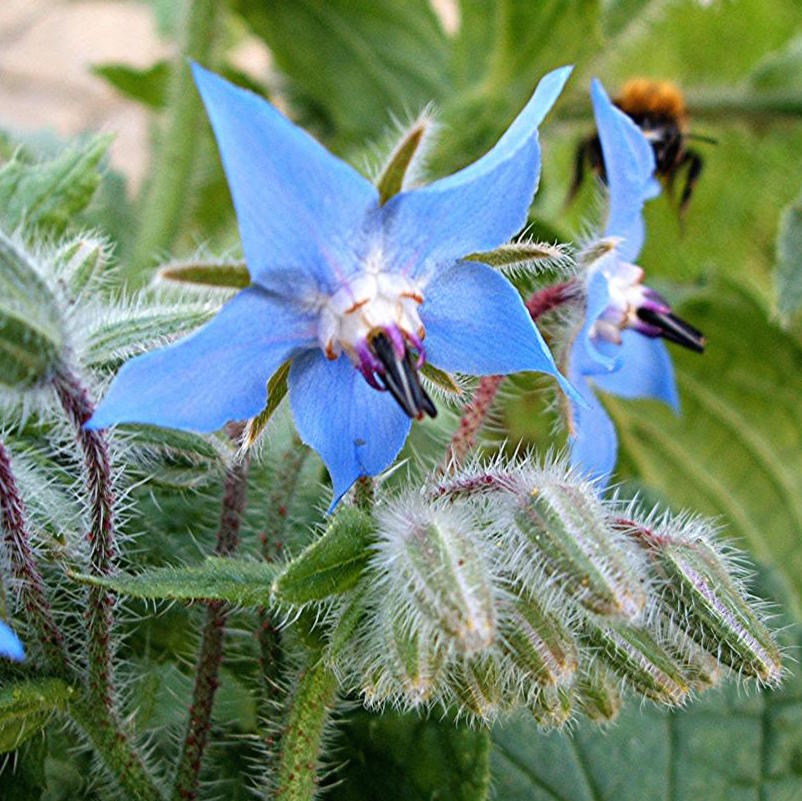
- Onions: Onions help to repel aphids, whiteflies, and other pests that can damage tomato plants. They also help to improve the flavor of tomatoes.

- Cucumbers: Cucumbers help to suppress weeds and attract pollinators, both of which are beneficial to tomato plants. They also help to prevent blossom end rot, a common tomato disease.

- Peas: Peas help to fix nitrogen in the soil, which can benefit tomato plants. They also help to suppress weeds and attract pollinators.
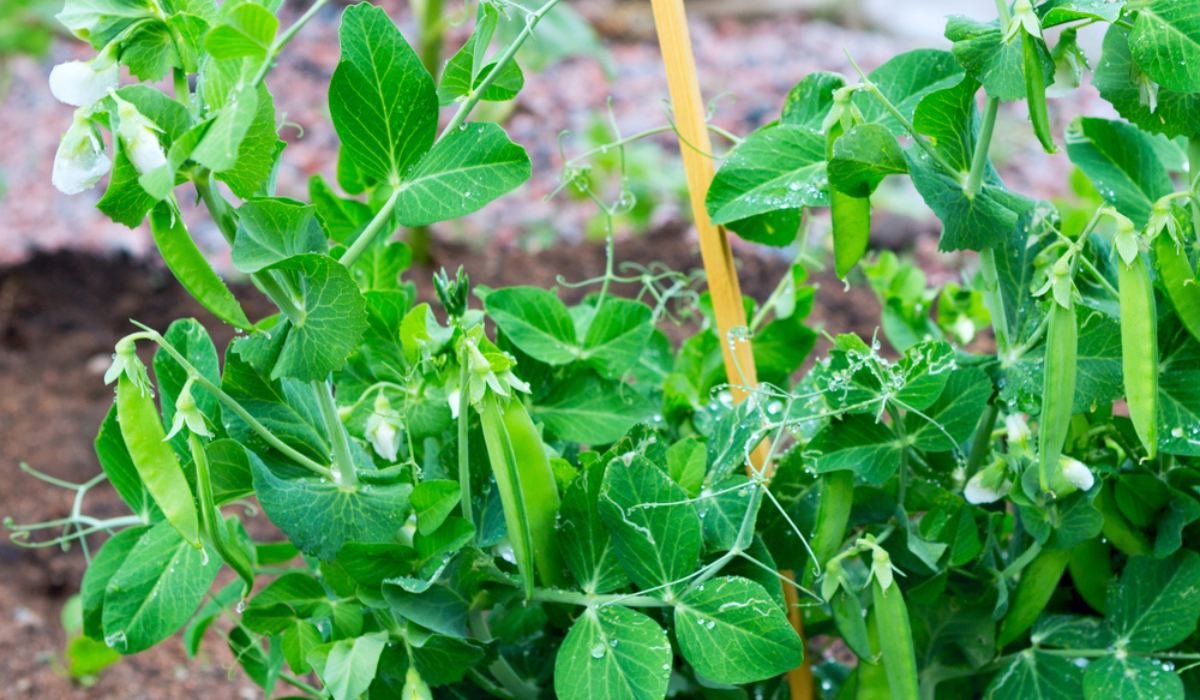
In addition to these plants, there are many other that can be grown with tomatoes. Some other good options include:
- Carrots: Carrots help to improve the drainage of the soil, which can benefit tomato plants.

- Lettuce: Lettuce helps to suppress weeds and attract pollinators.
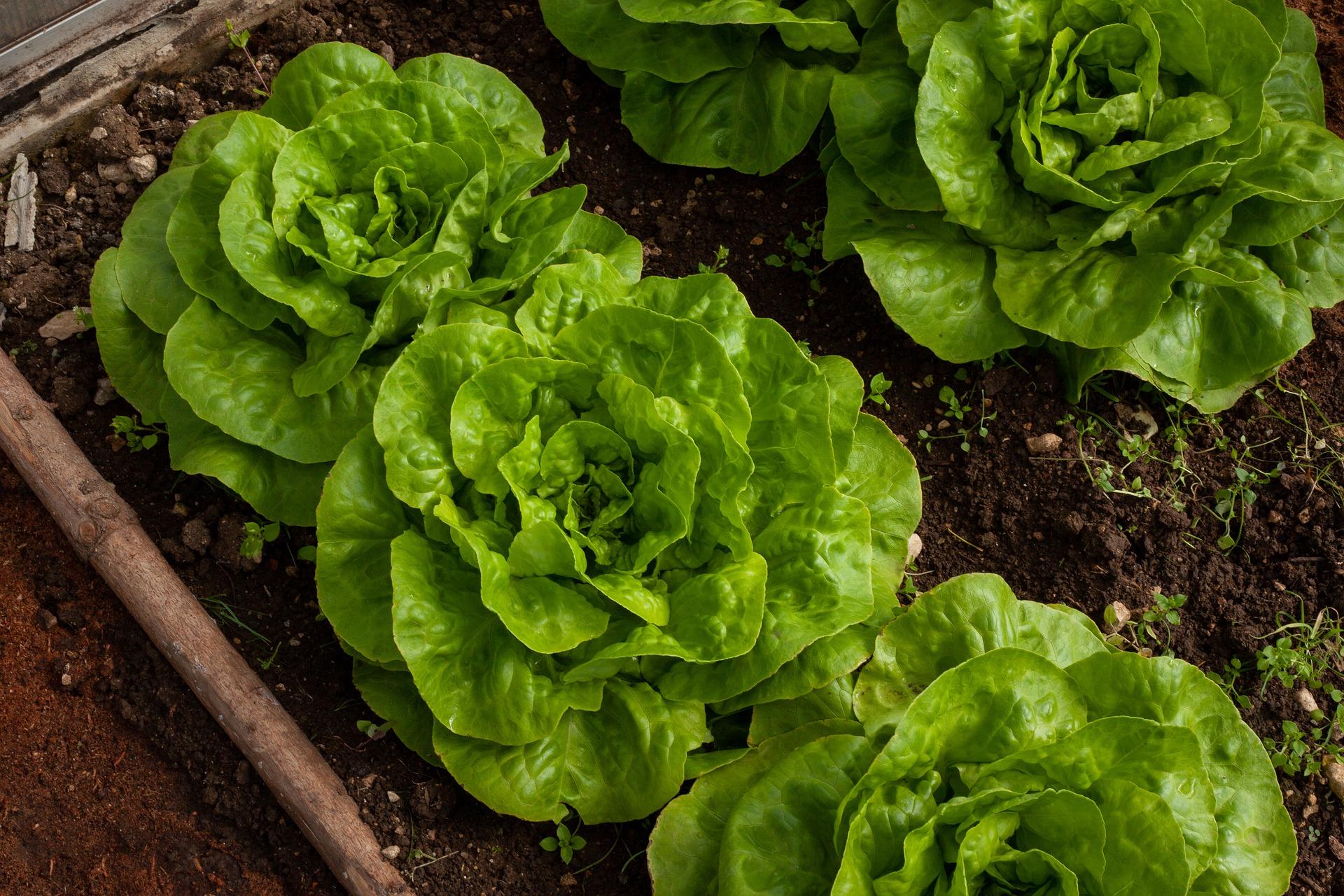
- Spinach: Spinach helps to improve the nitrogen content of the soil, which can benefit tomato plants.
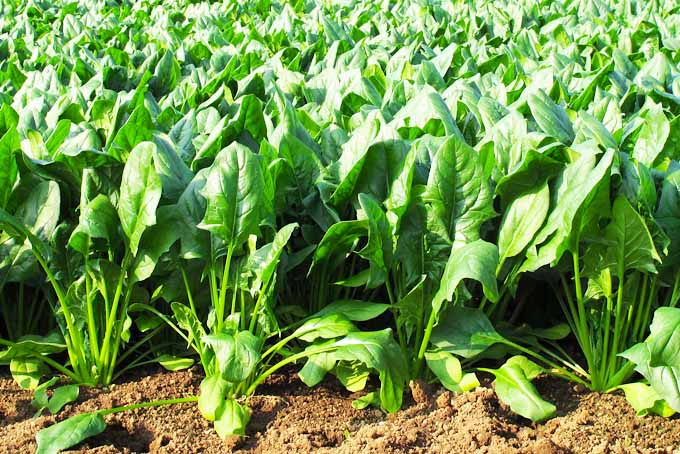
- Herbs: Many herbs, such as thyme, oregano, and rosemary, can be grown with tomatoes. They help to repel pests and attract pollinators.
When companion planting tomatoes, it's important to consider the size and growth habits of the plants. For example, you wouldn't want to plant a tall plant like corn next to a short plant like tomatoes, as the corn would shade the tomatoes and stunt their growth.
It's also important to consider the timing of the plants. Some plants, such as marigolds, are annuals that only last for one season. Others, such as asparagus, are perennials that can last for many years. When planning your companion planting scheme, make sure to choose plants that will have similar lifespans.
Companion planting is a great way to improve the growth and productivity of your tomato plants. By planting the right plants together, you can help to repel pests, attract pollinators, and improve the overall health of your tomatoes.
Tomatoes and companion plants
Tomatoes are a delicious and versatile vegetable that can be grown in many different climates. But did you know that there are certain companion plants that can help to improve the growth and health of your tomato plants?
Companion planting is the practice of planting certain plants together to benefit each other. For tomatoes, some of the best companion plants include:
- Basil: Basil is a classic companion plant for tomatoes, and for good reason. The strong smell of basil helps to repel pests like aphids and tomato hornworms.
- Marigolds: Marigolds are another great companion plant for tomatoes. Their bright colors and strong scent help to attract beneficial insects like ladybugs and lacewings, which prey on tomato pests.
- Chives: Chives are a good companion plant for tomatoes because they help to improve the flavor of the tomatoes. They also help to suppress the growth of weeds.
- Garlic: Garlic is a natural pest repellent that can help to keep tomato pests away. It also helps to improve the flavor of the tomatoes.
If you're looking for more information about companion plants for tomatoes, I recommend visiting Gardenia Inspiration. This website has a wealth of information on companion planting, including a list of the best companion plants for tomatoes.
FAQ of companion vegetables for tomatoes
Q: What are the best companion plants for tomatoes?
A: Some of the best companion plants for tomatoes include:
- Basil: Basil is a classic companion plant for tomatoes, and for good reason. It helps to repel pests like thrips, tomato hornworms, and whiteflies. It also helps to improve the flavor of tomatoes.
- Marigolds: Marigolds help to repel nematodes, which can be a major problem for tomatoes. They also help to attract beneficial insects, such as ladybugs and lacewings, which prey on tomato pests.

- Borage: Borage attracts pollinators, such as bees and butterflies, which help to pollinate tomato flowers. It also helps to improve the flavor of tomatoes.

- Chives: Chives help to repel aphids and other pests. They also help to improve the flavor of tomatoes.
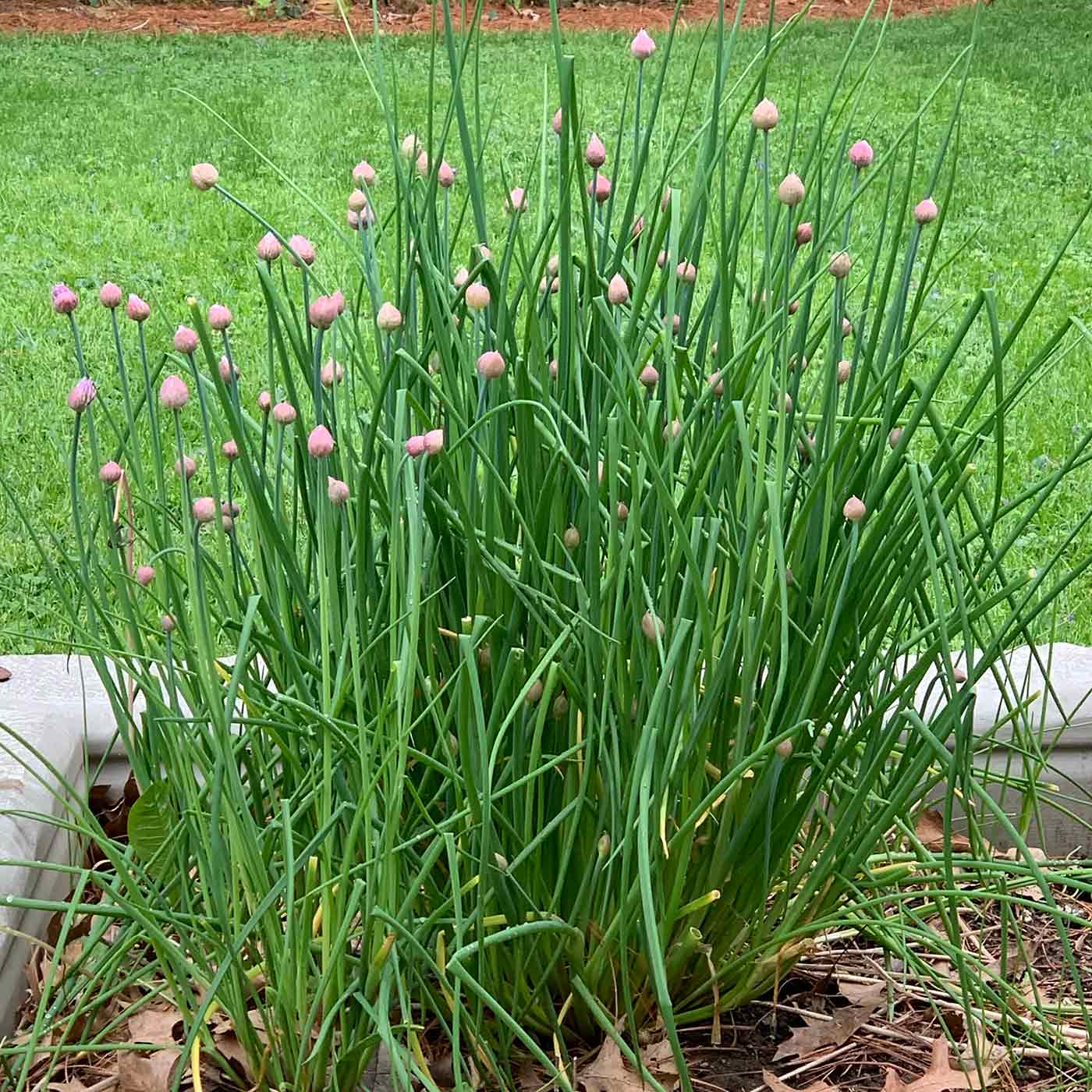
- Nasturtium: Nasturtium attracts pests away from tomatoes. It also helps to improve the flavor of tomatoes.

Q: What vegetables should not be planted near tomatoes?
A: There are a few vegetables that should not be planted near tomatoes, as they can compete for nutrients or attract pests. These vegetables include:
- Brassicas (such as broccoli, cabbage, and cauliflower)
- Corn
- Eggplant
- Fennel
- Potatoes
- Walnuts
Q: How do companion plants benefit tomatoes?
A: Companion plants can benefit tomatoes in a number of ways, including:
- Repelling pests
- Attracting pollinators
- Improving the flavor of tomatoes
- Improving the drainage of soil
- Reducing the risk of diseases
Q: How far apart should companion plants be planted?
A: The distance that companion plants should be planted apart will vary depending on the specific plants. However, as a general rule, companion plants should be spaced at least 12 inches apart.
Q: What are some other benefits of companion planting?
Aside from benefiting tomatoes, companion planting can also have a number of other benefits, such as:
- Reducing the need for pesticides
- Improving the overall health of the garden
- Increasing crop yields
- Creating a more diverse and attractive garden
Image of companion vegetables for tomatoes
5 different images of companion vegetables for tomatoes from Pinterest:
- Basil: Basil is a classic companion plant for tomatoes, and for good reason. It helps to deter pests, such as aphids and tomato hornworms. It also helps to improve the flavor of tomatoes.
- Borage: Borage is another great companion plant for tomatoes. It attracts pollinators, such as bees and butterflies, which help to pollinate the tomatoes. It also helps to repel pests, such as spider mites.
- Cucumbers: Cucumbers and tomatoes are often grown together because they have similar growing requirements. They both need full sun and well-drained soil. Cucumbers can help to shade the roots of tomatoes, which can help to prevent them from drying out.
- Marigolds: Marigolds are not only beautiful flowers, but they are also great companion plants for tomatoes. They help to deter pests, such as nematodes and whiteflies. They also help to improve the flavor of tomatoes.
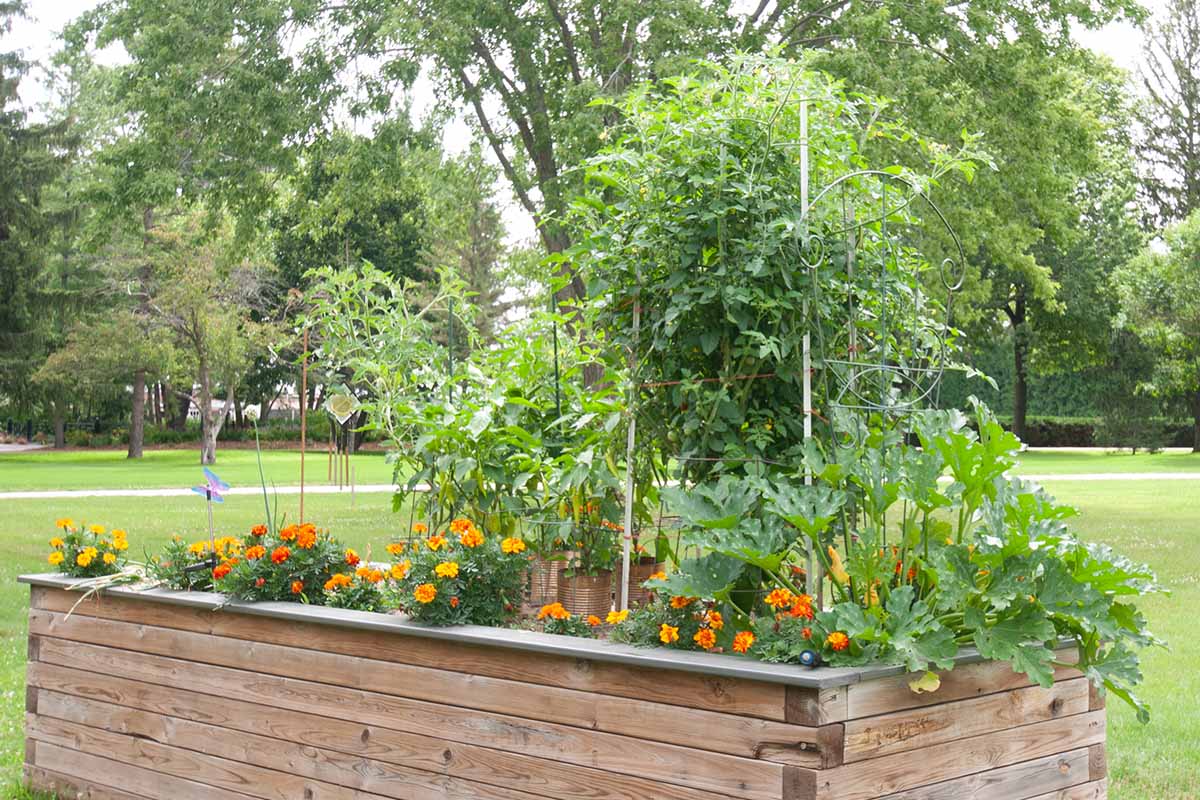
- Spinach: Spinach is a cool-season crop that can be planted alongside tomatoes. It helps to suppress weeds and improve the drainage of the soil. It also helps to attract pollinators.
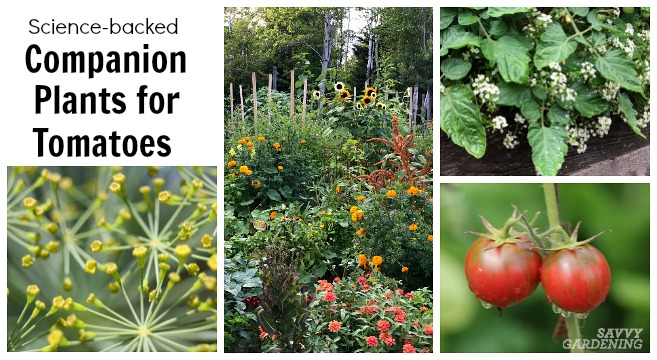
Post a Comment for "The Ultimate Guide To Companion Planting Tomatoes"